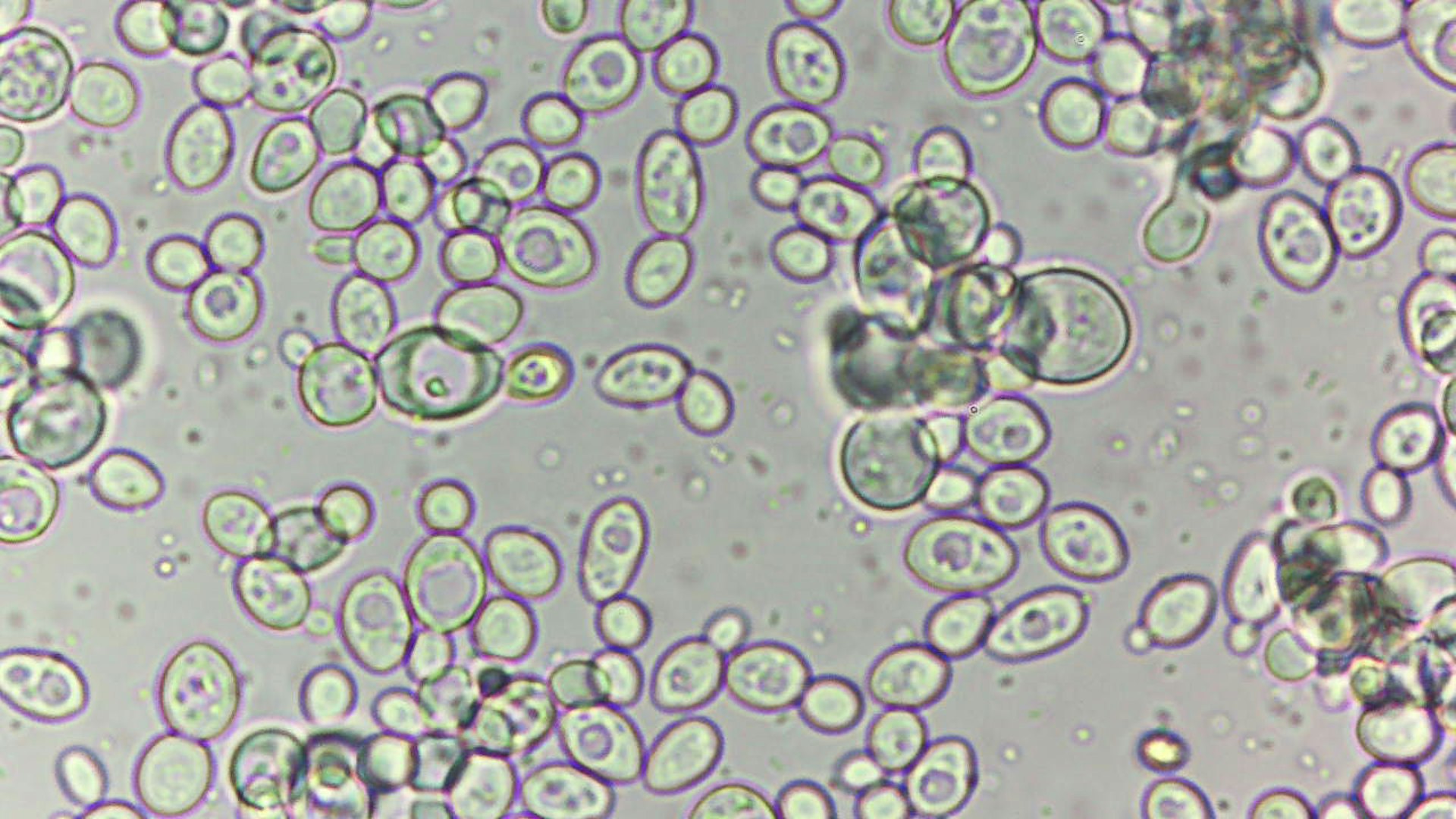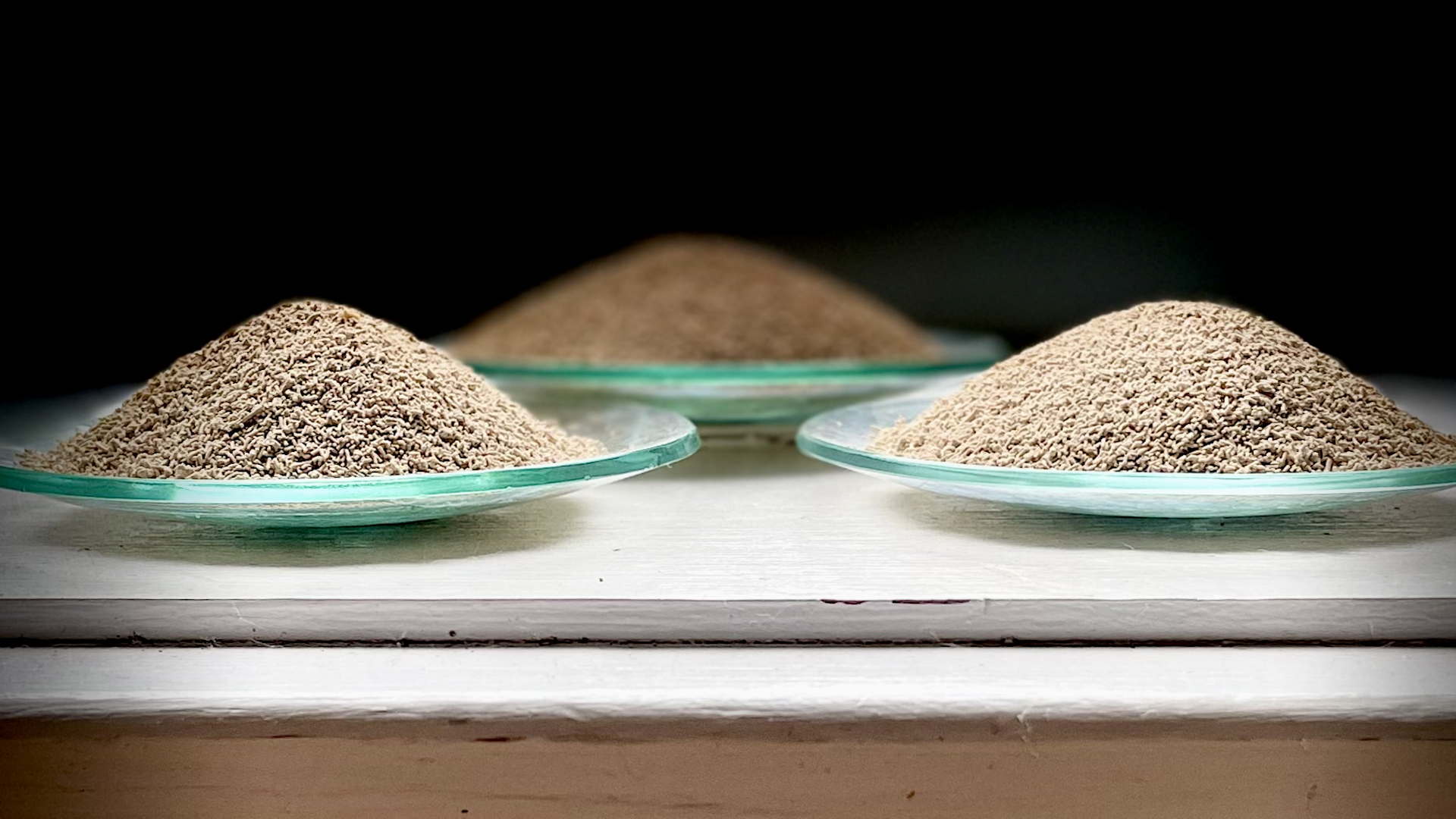
There is a wide variety of yeast strains, each with unique characteristics that influence the fermentation process and the final product. Most spirits are made using different strains of Saccharomyces cerevisiae, but other species can also be used, such as Schizosaccharomyces or Kluyveromyces.
Distillers can choose from a multitude of strains, each bringing its own attributes:
Some strains are more alcohol-tolerant, allowing higher alcohol content.
Others ferment more quickly or are more resistant to high temperatures.
Some strains are specifically selected to produce particular aromas.
Commercial Strains and Diversity
The yeast market for spirit production offers an impressive diversity of commercially cultivated strains. These strains are the result of decades of research and selection, providing distillers with a broad range of options to refine their products. Specialized strains are available for each type of spirit, from whisky and rum to vodka and gin.
These commercial yeasts are often characterized by their ability to produce specific aromatic profiles, their alcohol tolerance, fermentation speed, and their ability to function in various temperature and pH conditions. Some are even developed to improve alcohol yield or produce spirits with specific organoleptic characteristics.
Adapting Yeasts from Other Industries
Interestingly, distillers are not limited to strains specifically developed for spirits. They can also use yeasts originally isolated for other applications, such as winemaking, brewing, or even baking. These "cross-industry" borrowings can add unique aromatic nuances to spirits.
For example, a wine yeast might be used in brandy production to enhance certain fruity notes, while a beer strain could bring interesting flavors to whisky. This creative approach allows distillers to explore new gustatory frontiers and create innovative products.

Impact on the Aromatic Profile
The choice of yeast strain has a significant impact on the aromatic profile of the final spirit. Yeasts not only produce alcohol but also a variety of aromatic compounds such as esters, higher alcohols, and aldehydes.
For example:
Some strains may accentuate fruity notes in rum.
Others may enhance the malty complexity in whisky.
Specific strains can produce more neutral spirits, ideal for vodka.

Controlled vs. Spontaneous Fermentation
Controlled Fermentations
In most modern distilleries, fermentations are controlled using selected yeast strains. This approach allows for better predictability and reproducibility of the final product. Distillers can choose specific strains to achieve precise aromatic profiles.
Spontaneous Fermentations
Some producers opt for spontaneous fermentations, relying on the naturally occurring yeasts in the environment. While less predictable, this method can bring a unique aromatic complexity to the spirit. Spontaneous fermentations are particularly appreciated in the production of certain agricultural rums, tequilas, and mezcals.
Adapting to Different Spirits and Substrates
Fermentation approaches vary depending on the spirits and their substrates, reflecting the diversity of traditions and production goals. While whiskey and bourbon generally require the addition of selected yeasts due to the insufficient natural microbial flora in grains, Martinique's agricultural rum often relies on spontaneous fermentation for a more authentic expression of terroir. Similarly, traditional mezcal frequently utilizes spontaneous fermentations to develop its aromatic complexity, using open containers that allow indigenous yeasts to play their role. This diversity of approaches highlights the importance of fermentation methods in creating unique aromatic profiles and authentically expressing regional characteristics in spirits production.
Conclusion
The selection of the fermentation method and yeast strain has become an art form in spirit production. Whether through the precise control of selected strains, the use of spontaneous fermentations, or the creative adaptation of yeasts from other industries, modern distillers have a true arsenal to shape the aromatic profile of their products. This diversity allows for in-depth customization, paving the way for a new era of innovation in the world of spirits, while preserving traditional methods that give rise to unique and complex products.

